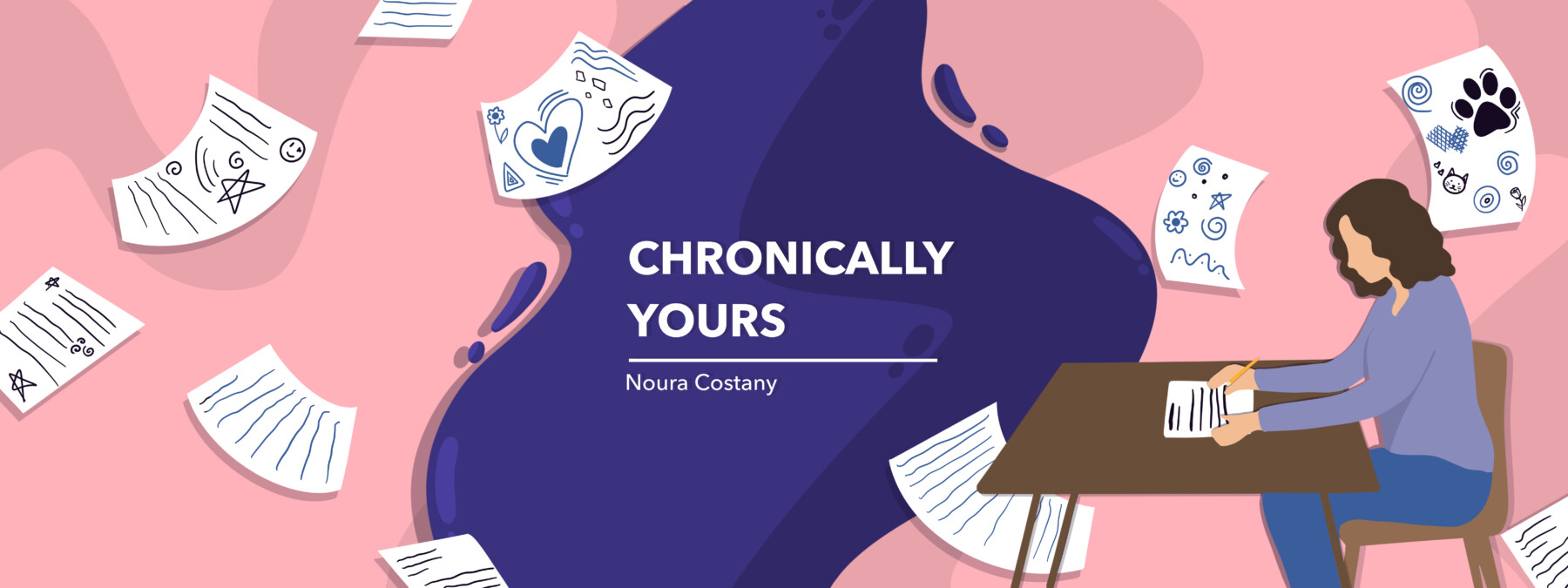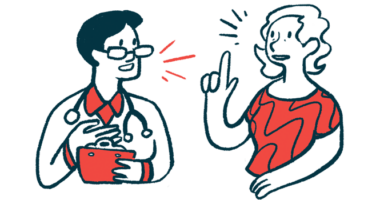In my experience, there are steps of IVF they don’t tell you about
I'm aiming to be honest in describing the process with my Cushing's

I’ve been open about my current journey with in vitro fertilization (IVF). A few months ago, my husband and I went through the first part of it, freezing our embryos, and now we’re at the beginning stages of an embryo transfer. I, somewhat naively, thought that was going to be the easiest part, and we’d just skate through it. Unfortunately, I was wrong.
My husband and I decided to go through IVF because I have Cushing’s disease and polycystic ovary syndrome (PCOS). With Cushing’s disease, my periods stopped entirely for two years, and with PCOS, I have a lot of eggs, but they’re not all high quality — which makes it pretty hard to conceive naturally.
Now, considering that April is Cushing’s Awareness Month and fertility is a big problem within the community, I think I can best celebrate it by discussing my IVF process with vulnerability. Hopefully, actions like mine will help create a community among the chronically ill who want to be parents.
What they don’t tell you
To prepare for IVF, there are a couple of things we need to do. The first is blood work to make sure everything is fine and dandy (or as fine and dandy as my body allows). That costs around $300 and checks all hormones as well as general fertility markers.
Next is a saline ultrasound. I have no idea what I thought that was going to be, but I guess I thought it would be a bath for my uterus. It’s not. Medical staff used clamps to hold me open and then find the cervix. They then inserted saline to make sure my body could handle the embryo.
This procedure was way more painful than I’d assumed. I was cramping for most of the day, and overall the experience was super-uncomfy. I also found out that since my cervix is higher than the average person’s, the staff need special clamps to help the doctor see more easily. Had I realized it was going to be so intense, I probably would’ve taken the day off work.
My endocrinologist has to sign off that it’s safe for me to get pregnant. In theory, I understand that this step assures that I’m medically in a good position and won’t die during pregnancy or childbirth. But if I’m honest, I’m frustrated that I have to ask permission to have my own baby with my own body. It makes me feel like that decision isn’t fully up to me, which is agitating.
Lastly, I have to go off almost all my medicines a month before the embryo is inserted. Up until my period, I can stay on the thyroid hormone Synthroid (levothyroxine sodium) and ketoconazole, an antifungal agent in pill form. After my period, I have to go off ketoconazole. That leaves Synthroid as the only medication I can stay on while pregnant, beyond all the supplements necessary to make sure that it’s a healthy pregnancy.
IVF for us
IVF looks a little bit different for us, but that doesn’t mean it won’t be just as beautiful a journey. As intimidating as all the procedures have been, I’m hopeful the process will end with a beautiful, healthy baby.
My doctor has told me that most Cushing’s patients actually do quite well during pregnancy, so it’ll be interesting to see if that rings true for me. Right now, I’ve done the blood work and the saline ultrasound and started going off my medications. All I have left is getting permission from my doctor.
Here’s to healthy babies and healthy parents in 2025 and 2026. I plan to share a lot as I go through everything: the good, the bad, and the birth. So if there are any topics surrounding pregnancy or IVF you’d like me to talk more about, please comment below!
You can also follow my journey on TikTok and YouTube.
Note: Cushing’s Disease News is strictly a news and information website about the disease. It does not provide medical advice, diagnosis, or treatment. This content is not intended to be a substitute for professional medical advice, diagnosis, or treatment. Always seek the advice of your physician or other qualified health provider with any questions you may have regarding a medical condition. Never disregard professional medical advice or delay in seeking it because of something you have read on this website. The opinions expressed in this column are not those of Cushing’s Disease News or its parent company, Bionews, and are intended to spark discussion about issues pertaining to Cushing’s.








Leave a comment
Fill in the required fields to post. Your email address will not be published.